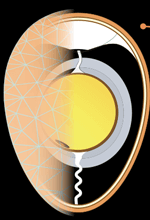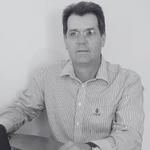Content available at: Português (Portuguese (Brazil))
The air cell phenomenon, when properly understood, is very relevant for anyone who wants to improve the productivity of their hatchery.
The content of this article aims to produce insights for the reader so that we can help you at some point:


PROPERLY DEFINED FEATURES

The air cell is located between the inner and outer shell membranes, which remain in contact with the albumen and the shell, respectively.
Its shape resembles a double convex lens.



The size of the air cell varies according to:



If the air temperature is low, the air cell may appear within a short time, such as two minutes.
In a hot and humid environment, it may take several hours to form. |
In most chicken eggs, they appear in 6 to 10 minutes.

Keep up to date with our newsletters
Receive the magazine for free in digital version
REGISTRATION
ACCESS
YOUR ACCOUNT
LOGIN
Lost your password?












